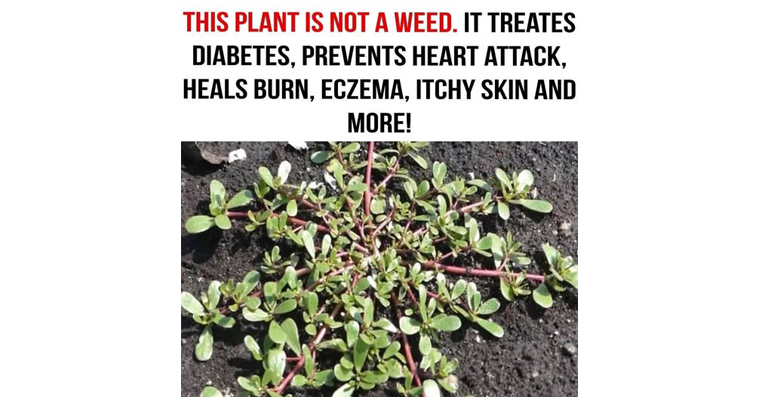*Purslane (Portulaca oleracea): A Nutrient-Rich Superfood* Purslane, also known as pigweed or little hogweed, is a widely available plant valued for its rich nutrients and health benefits. Common in gardens and sidewalks, it has been used in traditional medicine, particularly in Chinese culture, as “the vegetable for long life.” *Nutritional Benefits* Purslane is packed with vitamins A, C, and E, along with calcium, magnesium, potassium, and iron. It’s also a rare plant-based source of omega-3 fatty acids, containing both ALA and EPA. Additionally, it boasts powerful antioxidants, including beta-carotene and glutathione, which support overall health. *Potential Downsides* Due to its high oxalate content, purslane may contribute to kidney stones in susceptible individuals. Those with kidney issues should consult a doctor before consuming it. *How to Eat & Grow Purslane* Purslane has a slightly sour taste and can be eaten raw or cooked in salads, sandwiches, soups, and stir-fries. It’s easy to grow, thriving in poor soil and full sun, but it does not survive frost


